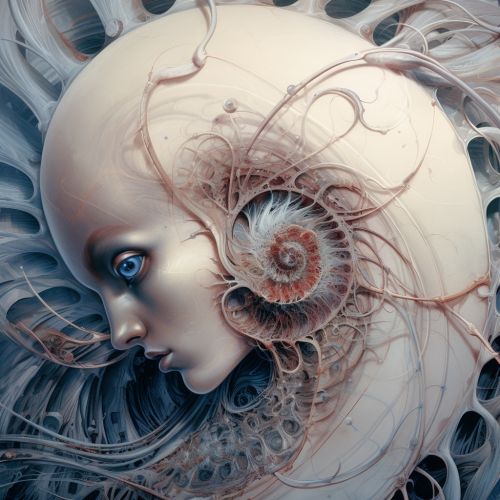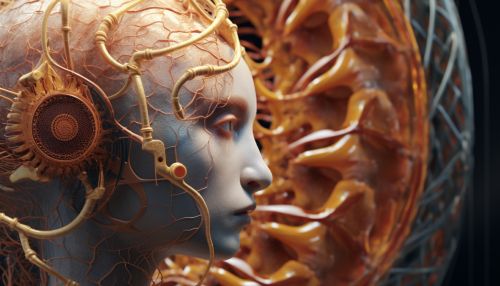Cochlea
Anatomy
The cochlea is a part of the inner ear that plays a crucial role in the process of hearing. It is a spiral-shaped, fluid-filled structure that transforms sound vibrations received from the outside environment into electrical signals. These signals are then transmitted to the brain via the auditory nerve.


The cochlea is divided into three fluid-filled compartments or scalae: the scala vestibuli, the scala media, and the scala tympani. The scala vestibuli and scala tympani are filled with perilymph, a fluid similar in composition to cerebrospinal fluid. The scala media, also known as the cochlear duct, is filled with endolymph, a fluid that is high in potassium and low in sodium.
The cochlea's main sensory organ, the Organ of Corti, is located within the scala media. The Organ of Corti contains hair cells, which are the sensory receptors of the auditory system. These hair cells are responsible for converting the mechanical energy of sound waves into electrical signals that can be interpreted by the brain.
Function
The cochlea's primary function is to convert the mechanical energy of sound waves into electrical signals that can be interpreted by the brain. This process, known as mechanotransduction, occurs within the Organ of Corti.
When sound waves enter the cochlea, they cause the fluid within the scala vestibuli to vibrate. These vibrations then travel through the cochlear duct, causing the basilar membrane on which the Organ of Corti sits to move. This movement stimulates the hair cells within the Organ of Corti, causing them to release neurotransmitters. These neurotransmitters then trigger electrical signals in the auditory nerve, which are transmitted to the brain for interpretation.
Disorders and Diseases
There are several disorders and diseases that can affect the cochlea and result in hearing loss. These include:
- Cochlear implant: A cochlear implant is a surgically implanted electronic device that can help to provide a sense of sound to a person who is profoundly deaf or severely hard of hearing.
- Meniere's disease: This is a disorder of the inner ear that can lead to dizzy spells (vertigo) and hearing loss. In most cases, only one ear is affected.
- Presbycusis: This is the loss of hearing that gradually occurs in most individuals as they grow older.
- Tinnitus: This is the perception of noise or ringing in the ears. It is a common problem that affects about 15 to 20 percent of people.
- Otosclerosis: This is an inherited disorder that causes hearing loss due to the ear's inability to amplify sound.
See Also
- Auditory System - Inner Ear - Hearing Loss
